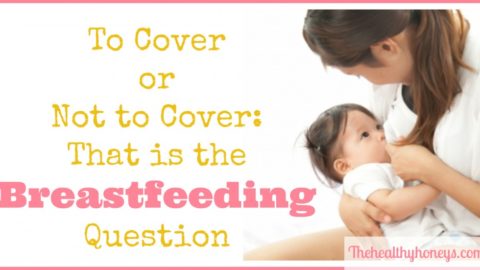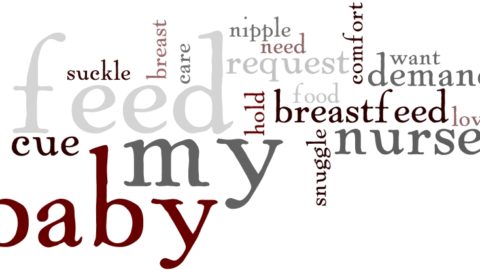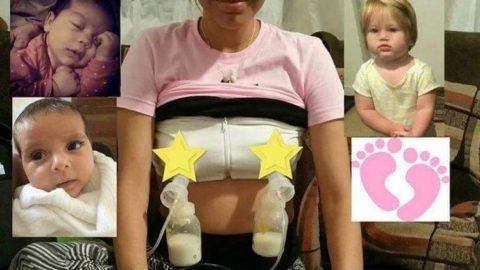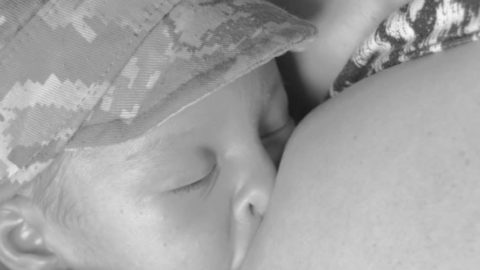Understanding The Process of Swallowing for Breastfeeding Babies
There are many moving parts when it comes to breastfeeding. One piece that is often overlooked or misunderstood is the process of swallowing.
Swallowing entails three phases. The oral phase- sucking the milk into the mouth and moving it towards the back of the mouth. The pharyngeal phase- when milk is squeezed down the throat. Third, the esophageal phase -milk moves from throat into the esophagus, the tube that carries the food to the stomach. During the swallow, the body seals off the passage to the lungs to keep us from coughing or choking. Typically sucking, swallowing and breathing occur at a 1:1:1 ratio in very rapid succession – suckswallowbreathesuckswallowbreathesuckswallowbreathe. You may recognize swallows as very brief pauses after the sucks. This is followed by a quiet “ah” sound – the puff of air being exhaled after the breath.
A common disruption to this sucking cycle often occurs at the beginning of feeds, if moms experience a forceful let down. Many babies briefly gulp to compensate for the extra milk flow. Signs that your baby may be overwhelmed include widened eyes, sputtering, or pulling off of the breast. If you find that this occurs frequently, try a more upright or laid-back position so that baby has slightly more control over the flow. You may also briefly take baby off and allow your milk to drip into a burp cloth for a few seconds before re-latching. Some moms with a more forceful supply may briefly hand express through their let down, before latching baby.
Healthy babies are typically able to protect their airways through a forceful flow of milk. If you find that your baby is coughing during feedings despite adjusting your position or providing a short break, this could be a sign of a swallowing problem. In a healthy person, food almost never reaches the vocal cords (the opening to the windpipe and lungs). Coughing is a sign that milk has reached the vocal cords and could go into the windpipe and lungs. Though breastmilk has lots of great antibacterial components, even trace amounts of liquid or food can damage the lungs. This can cause upper respiratory infections, pneumonia, and scarring.
If you find that your baby is frequently coughing while feeding, talk to your pediatrician. Your doctor may recommend consulting a speech-language pathologist who has expertise in pediatric dysphagia (swallowing disorders in children).
Find more information at:
- American Speech-Language-Hearing Association: Feeding and Swallowing Disorders in Children
- KellyMom: Fast Letdown
Be sure to join us in our social media accounts to be up to date with the progress of our project!
And… Don’t forget to share your brelfies using our HT #BreastfeedingWorld
–
Adara is a speech-language pathologist and IBCLC currently living in Philadelphia. She is a proud alumna of New York University as well as the University of North Carolina at Chapel Hill. Adara seeks to use her clinical background in pediatric feeding and swallowing disorders to complement her lactation training, in order to better serve families who are experiencing difficulty during breastfeeding. She also has an specific interest in improving visibility and support for breastfeeding among women of color.













